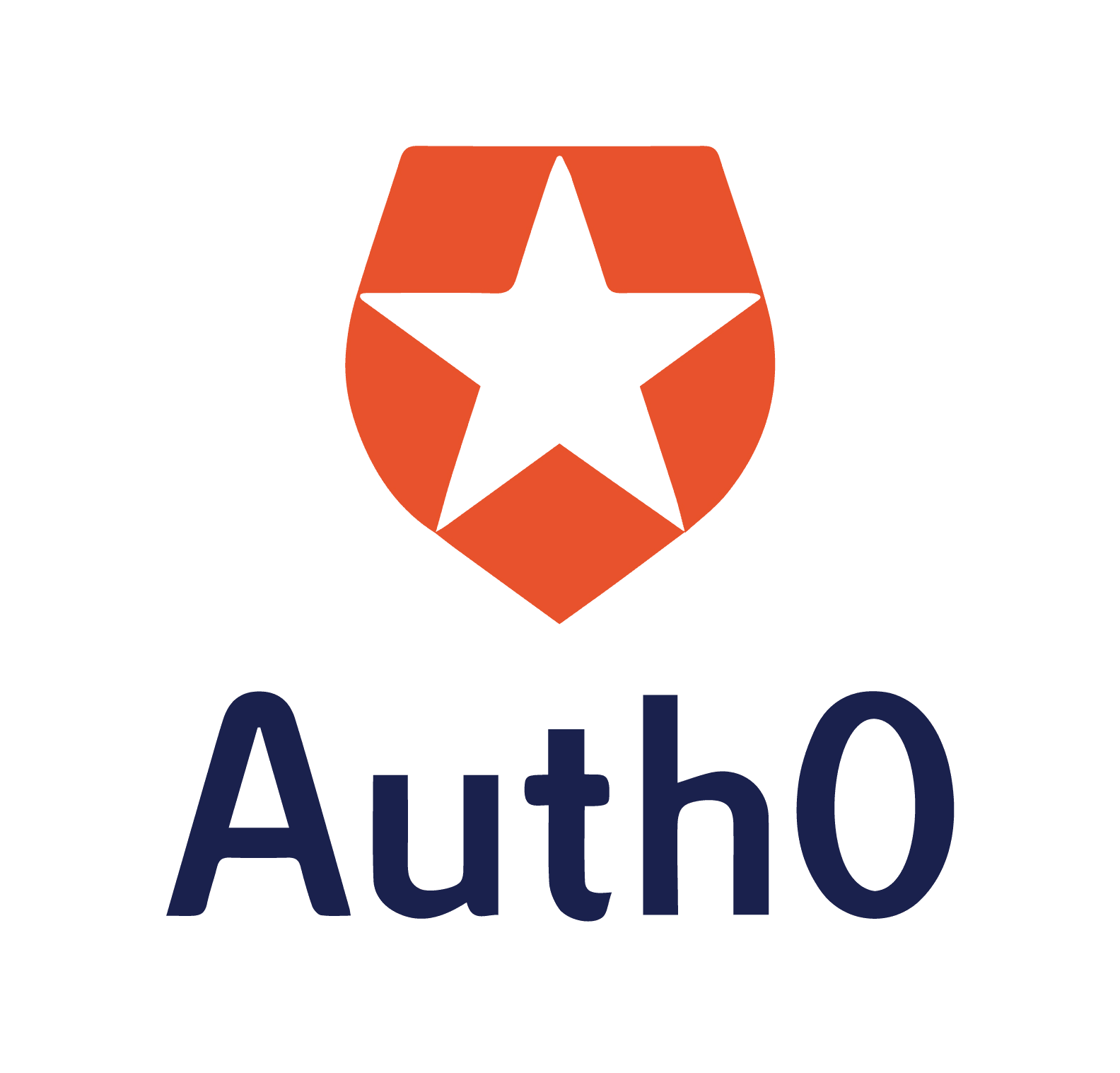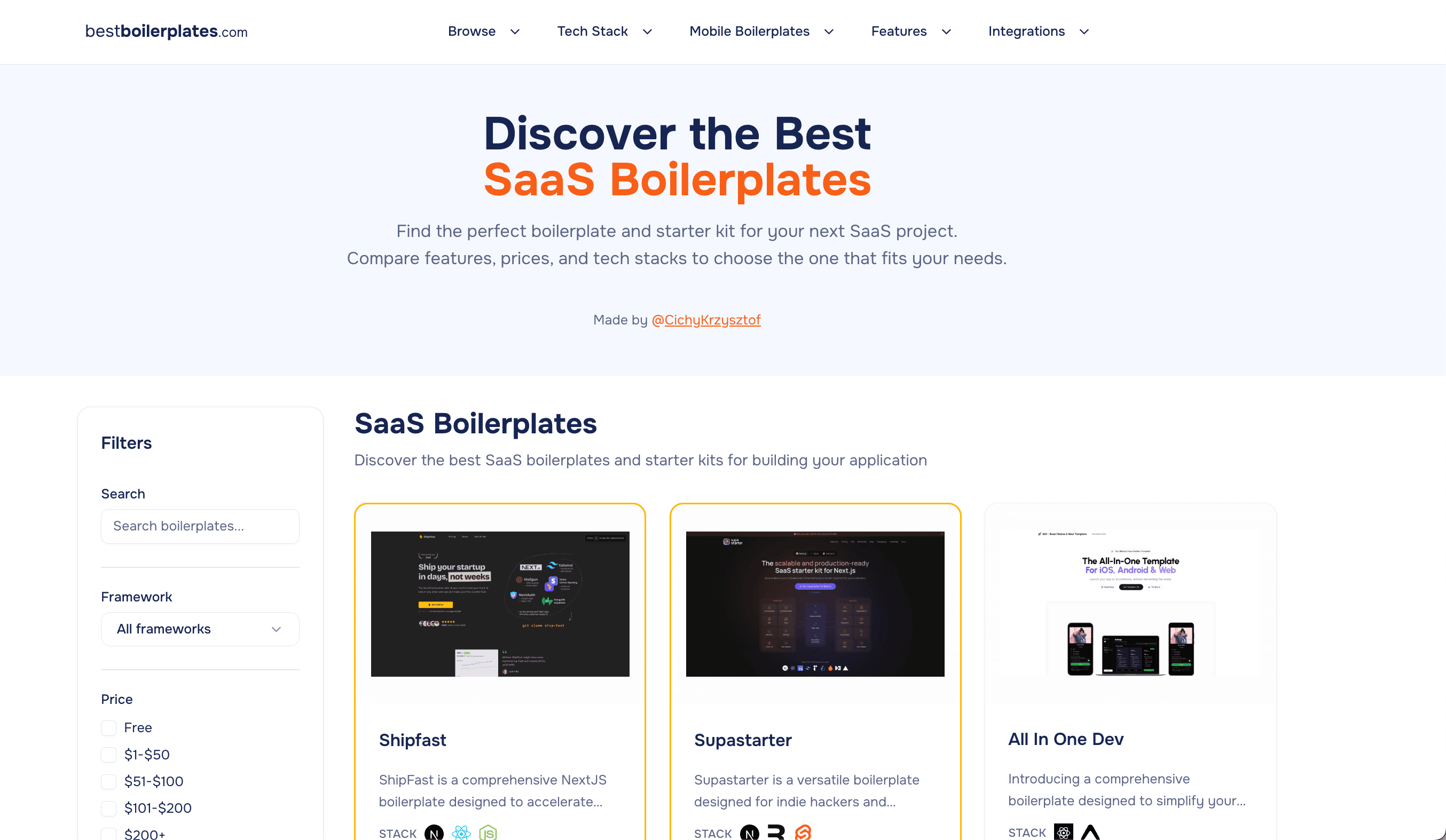Appwrite vs. GoPasswordless
Appwrite
Appwrite is an open-source platform for building scalable applications. It comes with authentication, databases, storage, and functions. It's basically a complete development platform. They have an extremely generous free plan with 75,000 MAUs free of charge and their Pro plan is only $15/month. Appwrite offers email and password login, phone auth, magic links, email OTP, anonymous login, JWT login, SSR login, custom tokens, and two-factor authentication.
GoPasswordless
GoPasswordless is an authentication service and SDK that focuses on enabling passwordless authentication flows in web apps.
Reviews
Reviews
| Item | Votes | Upvote |
|---|---|---|
| No pros yet, would you like to add one? | ||
| Item | Votes | Upvote |
|---|---|---|
| No cons yet, would you like to add one? | ||
| Item | Votes | Upvote |
|---|---|---|
| No pros yet, would you like to add one? | ||
| Item | Votes | Upvote |
|---|---|---|
| No cons yet, would you like to add one? | ||
Frequently Asked Questions
Appwrite and GoPasswordless serve different purposes when it comes to user authentication. Appwrite is a comprehensive development platform that includes a wide range of authentication options such as email and password login, phone auth, magic links, email OTP, anonymous login, JWT login, SSR login, custom tokens, and two-factor authentication. Additionally, it offers generous free plans and a low-cost Pro plan. On the other hand, GoPasswordless focuses solely on enabling passwordless authentication flows in web apps. If you need a complete development platform with extensive authentication features, Appwrite may be the better choice. However, if your primary requirement is to implement passwordless authentication, GoPasswordless could be more suitable.
Appwrite offers a very generous free plan that allows up to 75,000 Monthly Active Users (MAUs) for free and has a Pro plan that costs only $15 per month. The pricing details for GoPasswordless are not provided, so it's difficult to make a direct cost comparison. However, if cost-effectiveness is a major concern and you have a high number of users, Appwrite's free and low-cost plans make it an attractive option.
Appwrite offers a wide range of authentication options including email and password login, phone auth, magic links, email OTP, anonymous login, JWT login, SSR login, custom tokens, and two-factor authentication. In contrast, GoPasswordless specializes in passwordless authentication flows. Therefore, Appwrite provides more diverse authentication options compared to GoPasswordless.
Appwrite is an open-source platform designed for building scalable applications. It includes features such as authentication, databases, storage, and functions, making it a comprehensive development platform.
Appwrite supports a variety of authentication methods including email and password login, phone authentication, magic links, email OTP, anonymous login, JWT login, SSR login, custom tokens, and two-factor authentication.
Appwrite offers an extremely generous free plan that includes 75,000 monthly active users (MAUs) at no charge. Their Pro plan is available for $15 per month.
Appwrite's main features include authentication, databases, storage, and functions. These components work together to provide a complete development platform for building scalable applications.
Yes, Appwrite is an open-source platform. This allows developers to customize and extend its functionalities according to their needs.
GoPasswordless is an authentication service and software development kit (SDK) that focuses on enabling passwordless authentication flows in web applications. It aims to improve security and user experience by eliminating the need for traditional passwords.
The main features of GoPasswordless include passwordless authentication, easy integration with web apps, and improved security measures. It allows users to log in using methods such as email links, biometrics, or magic links, thereby reducing the risk of password-related vulnerabilities.
The benefits of using GoPasswordless include enhanced security, as it eliminates the risks associated with traditional passwords, and improved user experience, as users can log in quickly and easily without remembering complex passwords. It also reduces the chances of phishing attacks and credential stuffing.
Potential drawbacks of GoPasswordless might include the initial setup and integration process, which could require a learning curve for developers unfamiliar with passwordless authentication methods. Additionally, some users may need time to adapt to the new login methods, and there could be compatibility issues with older systems.




















